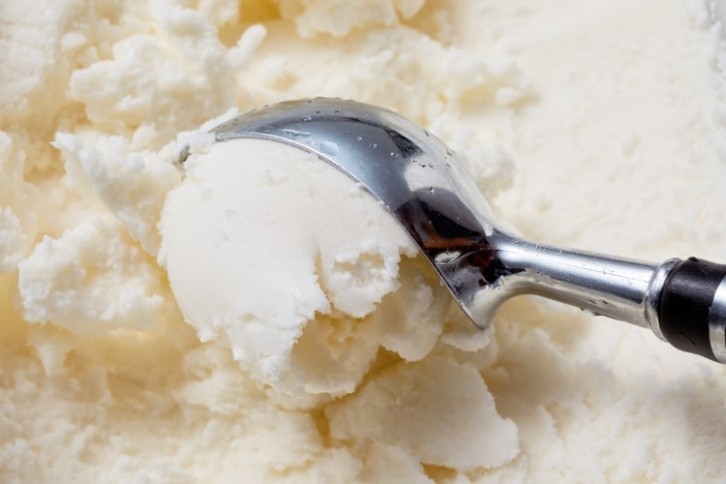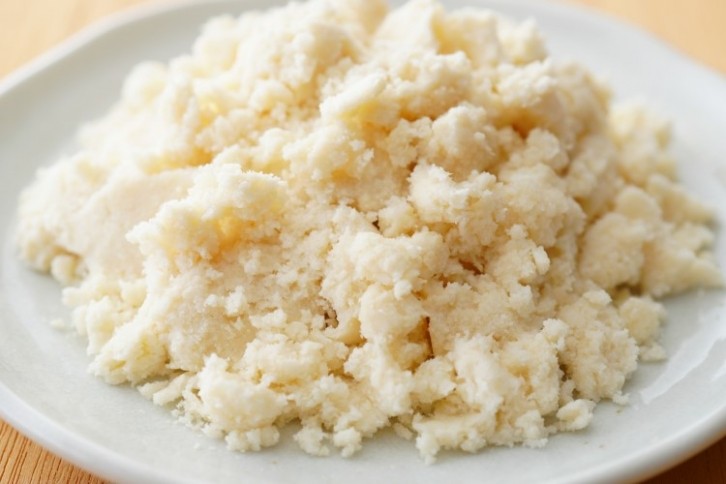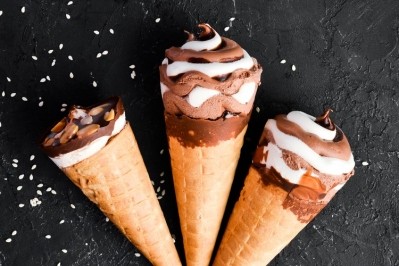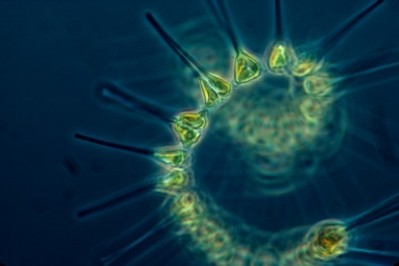Soybean curd boosts dietary fiber, protein content in ice cream

Researchers from Pakistan’s Government College University Faisalabad wanted to uncover whether okara – a cheap and abundant by-product from soybean processing which is usually discarded as waste – can be utilized as a nutrition-boosting ingredient in dairy ice cream.
Okara, which is typically composed of 50% dietary fiber, 25% protein, 10% lipids and 15% vitamins and trace minerals, can also be used as prebiotic. Adding it to dairy ice cream that contains probiotic bacteria could result in the creation of a functional dessert that’s naturally low in fat and rich in protein, catering to a growing market for functional dairy products. The method could also pave the way for reducing agricultural waste from soybean processing, the researchers theorized.
To see just how okara could affect the functional, sensory and nutritional properties of dairy ice cream, the researchers made a batch of ice cream and split it in four samples. Three of these were fortified with a probiotic blend of okara – at 1%, 2% and 3% concentrations respectively – while a control sample mixed with 1mL of probiotic L. rhamnosus GG without okara was also made.

In a series of experiments, the researchers checked how the different concentration of okara in the ice creams impacted a range of properties, including the nutritional value, e.g. fat, fiber and protein content, and functional properties including meltability and viscosity as well as the viability of the probiotic bacteria.
They discovered that adding 1% of okara reduced fat content the most – likely due to okara’s high concentrations of insoluble fiber, which promotes fat absorption. Protein content also increased in the okara-fortified samples compared to the control sample, with the 3% batch boasting the highest protein levels. Melting rate in the three fortified samples was lower than that of the non-fortified dairy product, the researchers theorizing that the presence of okara reduced the overrun and therefore, the melting rate.
In storage, ice creams containing okara had a higher probiotic count and a more stable number of probiotics than the control sample, with the 3% batch containing the highest amount of viable bacteria likely thanks to also having the highest protein concentrations.
Better nutrition – but would consumers like it?
While okara proved to enhance the nutritional profile of the ice creams by boosting fiber and protein and decreasing fat content, the samples' sensory properties – from aroma to taste – were yet to be tested by consumers.
To carry out the sensory evaluation, the researchers invited a group of 40 consumers to rate the four samples across four metrics - texture, taste, color, and ‘overall acceptability’. Here, the 1% okara sample had the highest acceptability score, while the control sample was favored most for its taste, texture and color properties. At the same time, the 2% and 3% samples scored less favorably, with the ice cream containing the highest amount of okara receiving the worst score.
The 1% okara ice cream was thought to be ‘tasteless and sandy’ by most people, while the sandiness of the 2% and 3% ice creams was ‘significant’ leading most people to dislike the flavor. From the four metrics, color scores differed the least, meaning that the addition of okara made little difference to the appearance of the ice creams.
As a result, the researchers concluded that the addition of okara had ‘significant influence on the sensory attributes and physicochemical properties of the ice cream’ but noted the ingredient’s ‘key role’ in supporting probiotic viability.
Source:
Characterization and valorization of soybean residue (okara) for the development of synbiotic ice cream
Afzaal, M., et al
Published: 07 August 2023, Wiley
DOI: 10.1002/fsn3.3606
















